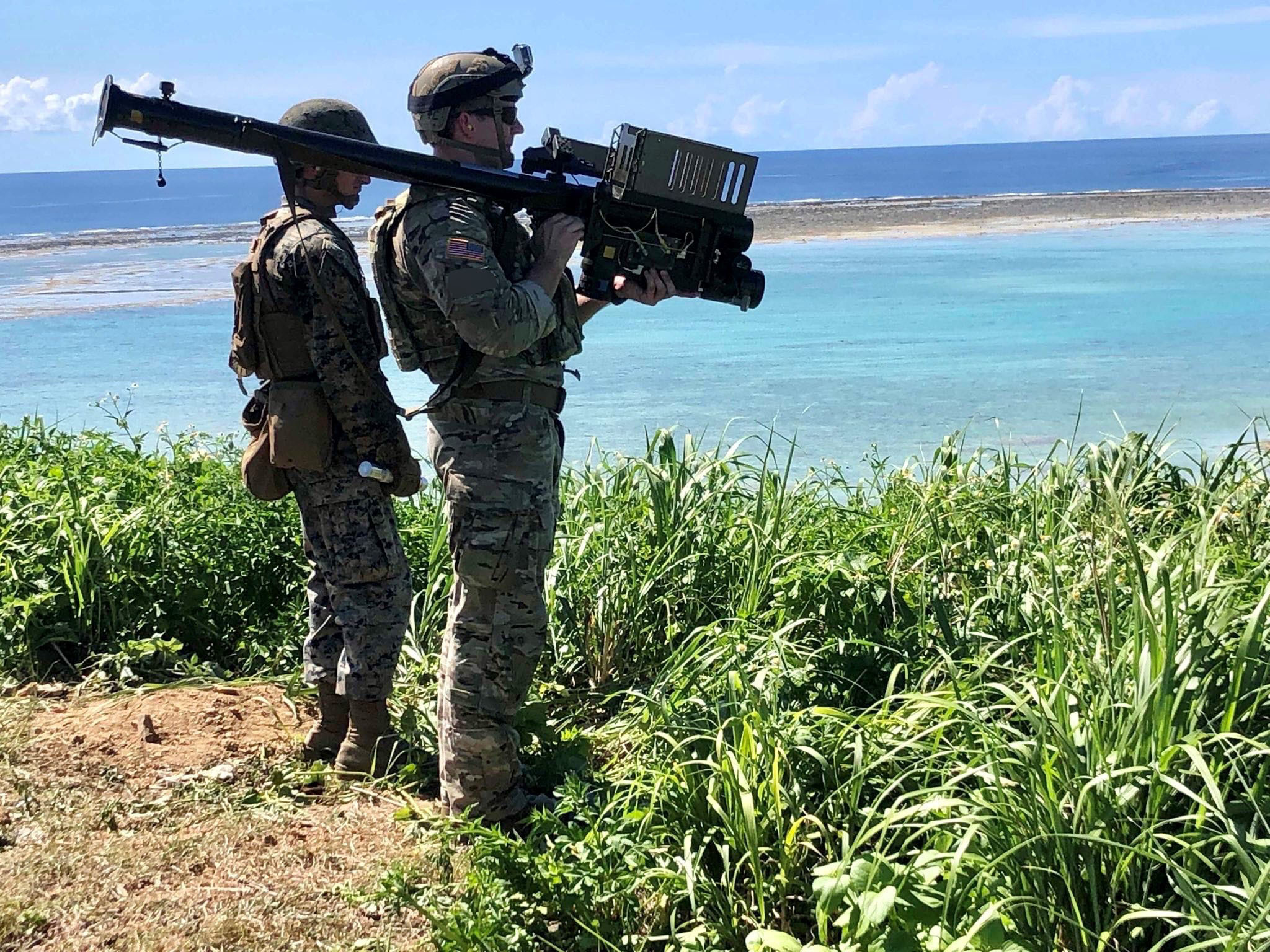

During the War on Terror, the military could conduct operations unhindered due to complete air superiority. The modern battlefield in Ukraine has proven that air superiority is no longer guaranteed, so U.S. Special Forces are preparing accordingly.
The U.S. Army John F. Kennedy Special Warfare Center and School (SWCS) has brought older weapons of war — including the Stinger surface-to-air missile — out of retirement to prepare future Special Forces weapons sergeants for a new era of warfare.
“We may have a window of advantage but the reality with our partners is we may have to provide small unit air defense capability, and that involves the ability to operate systems like the Stinger,” Commanding General of SWCS Brig. Gen. Guillaume Beaurpere said.
This is one of the recent changes to the Special Forces Qualifications Course — commonly called the Q-course, which all soldiers must pass to earn the Green Beret. Many of the weapons and tactics from World War II and through the Cold War era, like digging tank ditches, have also made their way back into the Q-course.
Subscribe to Task & Purpose today. Get the latest military news and culture in your inbox daily.
“It’s important to understand and see how certain things can become cyclical while it progresses throughout time,” said Chris (who asked that his last name not be used), the operations officer for 1st Special Warfare Training Group (Airborne). “So, recognizing what is applicable from the past to not forget the lessons that were learned in blood through previous conflicts, I think it’s extremely important to incorporate that moving forward.”
Chris said they’ve also brought back anti-tank guided missiles (ATGM), another tool from the Cold War era. Whether it’s anti-air or anti-tank missiles, Chris considers it all a part of the pertinent skills students need to master as they progress throughout the Q-course and prepare for future wars.
The training is being implemented in the weapons sergeant course, which has always included training on a wide range of firearms and weaponry. The priority for training on certain weapons, like stingers and ATGMs, has shifted over the years, but it’s “always been there” in some way, Chris said.
“The priority over the past five to six years has been shifting back over to the understanding of what the conventional forces are doing in those environments and how [special operations forces] fit into it,” Chris said. “It’s always been there as kind of a background, but now it’s moved more towards [the forefront] while still maintaining a focus on unconventional warfare.”
The Senate recently passed a foreign aid package worth $95 billion to support Ukraine, Israel, and Taiwan. As part of that package, weapons, and equipment worth $1 billion will be immediately sent to Ukraine, including 2,000 Stinger anti-aircraft missiles, 9,000 Tube-launched, Optically-tracked, Wire-guided (TOW) missiles, and 10,000 Javelin and AT-4 anti-armor systems.
The latest on Task & Purpose
- Former Army base warns of grenades on local trails
- ‘Black Hawk Down’ Ranger veteran awarded Silver Star
- The Air Force’s new $60 million Special Warfare center honors a fallen pararescueman
- Former Air National Guardsman may have defected to Russia
- Marine battalion commander fired for “loss of trust and confidence”
